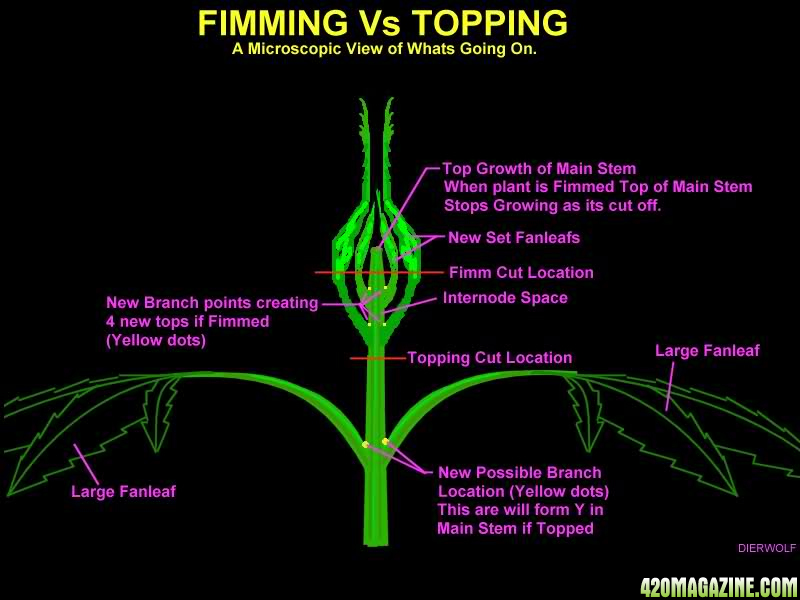newgrower12
New Member
So I just started a new grow in a computer desk where the tower would go its a stealth grow and I'm only working with an area that's about 2 1/2 foot tall by about. A foot or so wide and maybe a foot and a half back its a bag seed and I wanna keep it as low to the ground as possibly while still allowing t to get nice and bushy not sure whether to tie it down or use the scrog technique its a nice sized pot with my own mix of soil containing compost top soil clay sand small pebbels and crushed coal for drainage I've had plants before with great success except my last one which was doing great until it decided to just die on me I'm decently sure it was a boron deficiency but I can't be 100% on that I'm still new to growing and keep making little mistakes that end up being life or death situations like the boron deficiency
Please leave suggestions/solutions/and advice on how to keep the plant as short and bushy as possible anything will be greatly appreciated
Please leave suggestions/solutions/and advice on how to keep the plant as short and bushy as possible anything will be greatly appreciated






